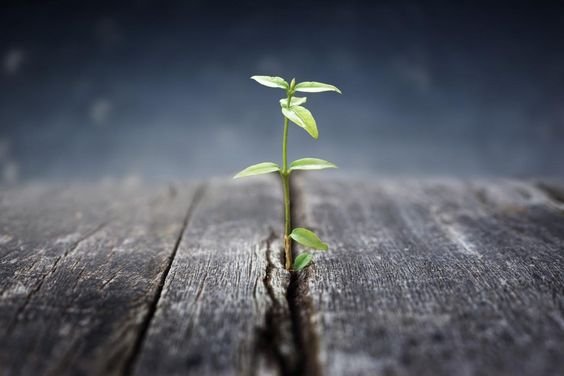The same holds true for red deer, a new study finds.
Researchers from the University of Oxford and the University of Edinburgh studied deer interactions to help understand what happens with age—even with humans. They found wild red deer become less sociable with age. Their companion network shrinks as they get older and they spend less time with others.
“It sheds new light on the consequences of senescence for aging individuals, as well as providing insights into how society shape and functions might change as the population ages.”
For their study, researchers analyzed 46 years of data encompassing more than 200,000 observations of 935 different female deer. They used models to measure social connectedness.

“We found that as deer grow older, they begin to interact with less other individuals within their home ranges and also shift their locations to less populated areas of the population,” Firth says. “As well as holding less central social network positions, older individuals were generally found with smaller home ranges, farther from the center of the population, in areas of lower density, and with lower-quality grazing.”
The older deer tend to choose to live in these more isolated places so they interact with fewer deer in those less populated areas of their habitat
Researchers say it’s very interesting to consider what drives social aging in the deer. They hint at some possibilities but suggest it’s still very much a mystery
Firth says it’s likely a combination of different factors.
“Further, as individuals age, there may even be some increases in individuals’ ‘social selectivity’ (i.e. their propensity to spend time with particularly preferred social associates),” Firth says, meaning they want to be with the animals they like the most.
“More work now needs to be done to consider these potential mechanisms in more detail.”
Red deer are found from Europe into North Africa and the Middle East
One of the largest deer species, it can be as tall as 4.5 feet at the shoulder and weigh as much as nearly 500 pounds. The typical life span is 16-18 years
Red deer are typically social animals that remain in groups, either of family members or in flexible gatherings with other individuals
Until they get older, this research suggests. And that’s similar to many other species.
“While previous work has shown that older wild animals in other species may be less sociable than younger animals, it was previously difficult to determine whether this was due to selective disappearance or demographic changes alone,” Firth says. “However, using this long-term dataset, we show that these changes happen at the individual level, where individuals actively become less sociable throughout their lives.”
The findings are interesting because understanding how aging molds social behavior is key to comprehending individuals and their populations. But researchers don’t know much about what affects social aging in nature
This new study uses the wild red deer population to learn more about how individuals might change their social behavior as they get older.
“The new study shows that female deer become more isolated from their social networks as they grow old: aging individuals move into less populated locations and even interact less with their neighbors in these sparser areas,” Firth says. “The findings shed new light on how aging and social behavior operate in natural settings, and what this might mean for senescence and evolution of behavior.”








